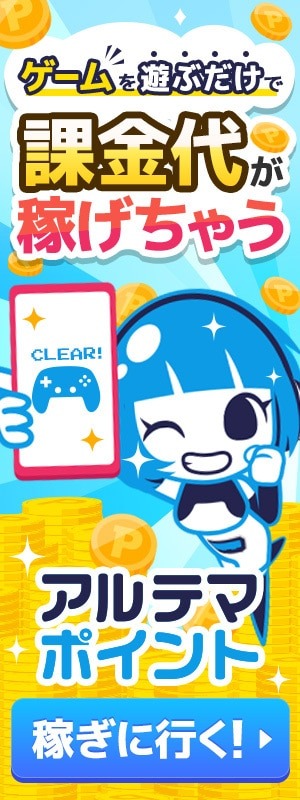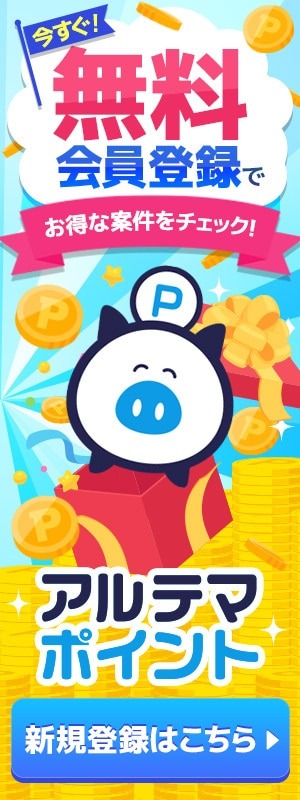The Impact of Friday Night Funkin’ (FNF) on Internet Culture
A Viral Explosion in the Indie Scene
When Friday Night Funkin’ launched on Newgrounds, it quickly spread across social media platforms like YouTube, TikTok, and Twitter. Players shared their gameplay highlights, song covers, and reactions, making FNF an instant viral success. Its open-source structure allowed fans to create mods freely—leading to thousands of unique versions and remixes.
The game’s nostalgic 2000s aesthetic and funky beats tapped into internet users’ love for creative simplicity. This combination made it stand out from big-budget titles, proving that passion and originality can still dominate the online gaming world.
A Hub for Fan Creativity
fnf became a digital playground for artists, musicians, and developers. Fans created everything from new Weeks and characters to animated shorts and parody songs. Platforms like YouTube are filled with FNF-inspired music videos, remixes, and speed art.
This explosion of creativity didn’t just keep the game alive—it shaped an entire subculture. Mods like Mid-Fight Masses, FNF Neo, and VS Garcello have become cultural milestones in their own right, showcasing how far fan-made art can evolve from a single idea.
Memes, Music, and Online Identity
Part of FNF’s success comes from how easily it blends with internet humor. Memes about Boyfriend’s determination, Girlfriend’s reactions, or Tankman’s sarcasm flood social platforms. The game’s characters have become instantly recognizable symbols of online culture, much like other viral icons from indie games.
Conclusion: From Game to Global Trend
Friday Night Funkin’ has gone beyond gaming—it’s a digital movement that unites creativity, community, and rhythm. Its influence on internet culture shows how indie projects can become global symbols of passion and imagination. FNF didn’t just make players dance—it made the internet sing.

